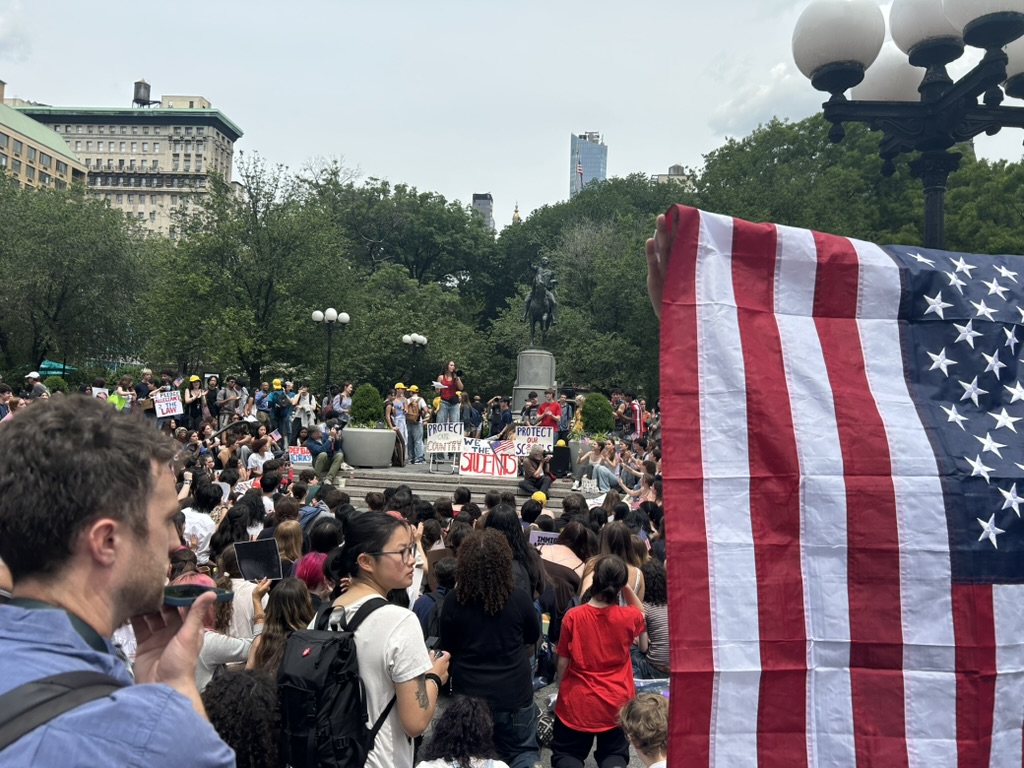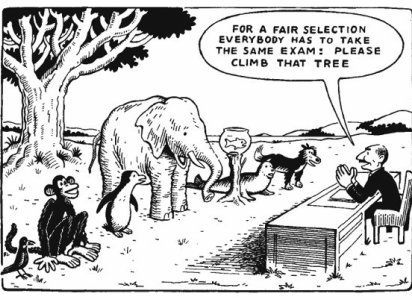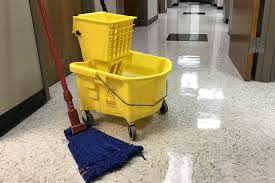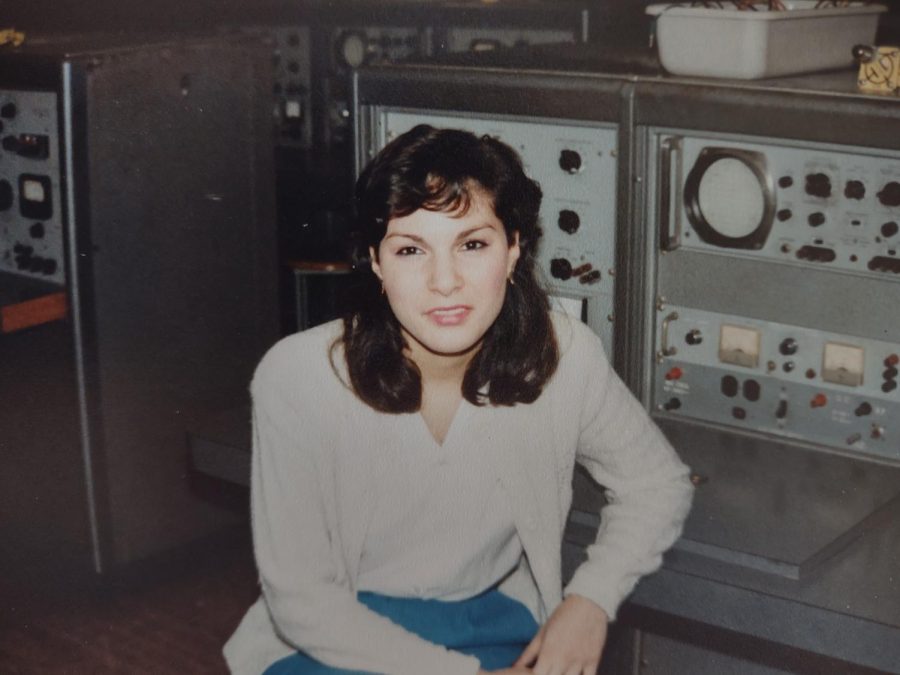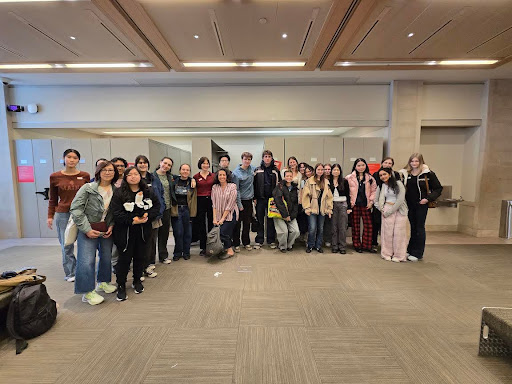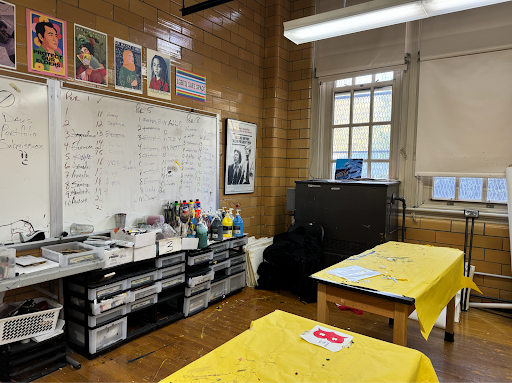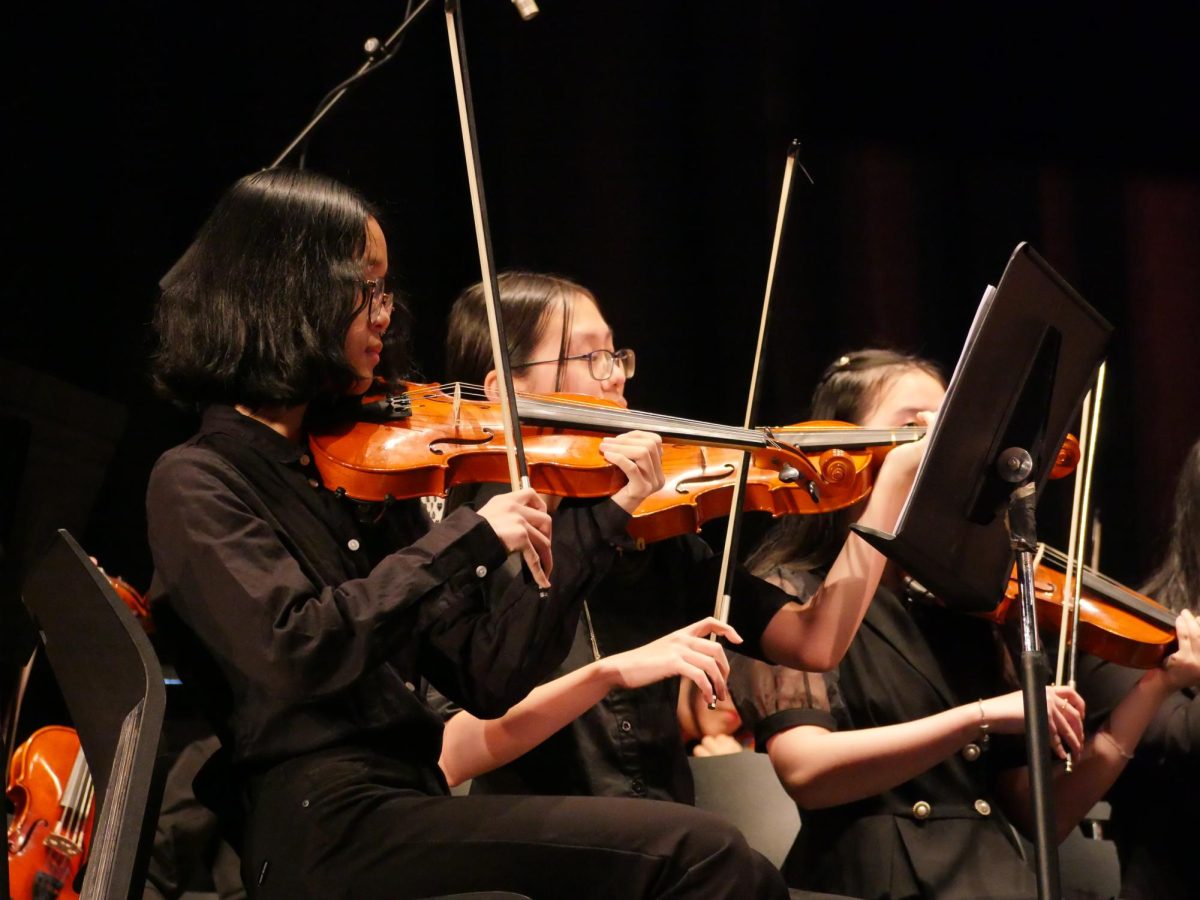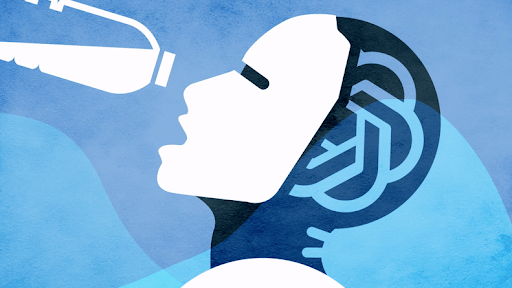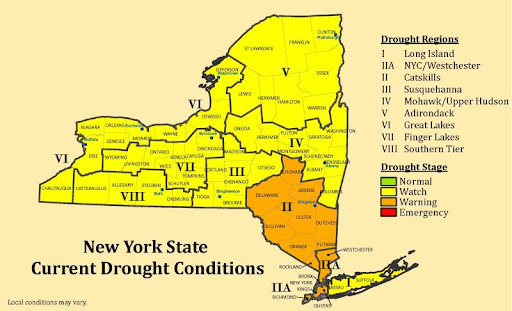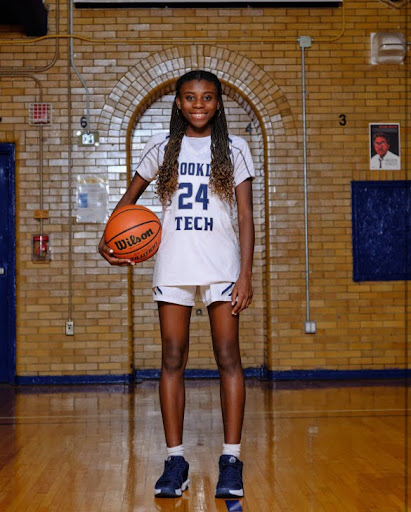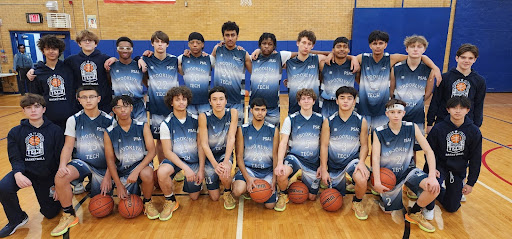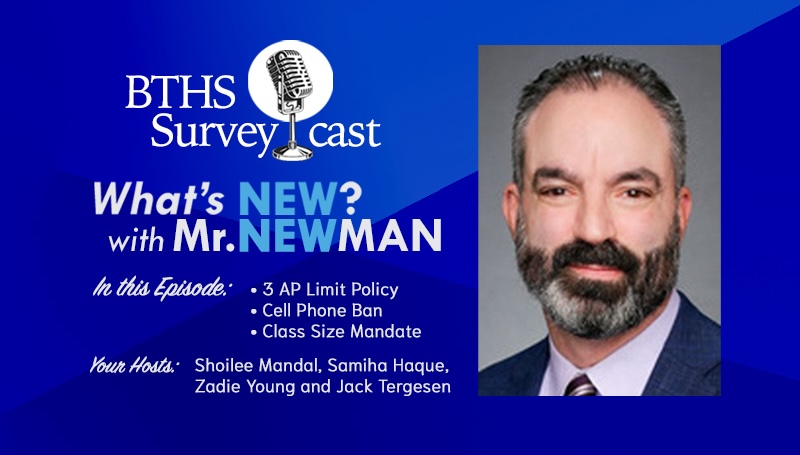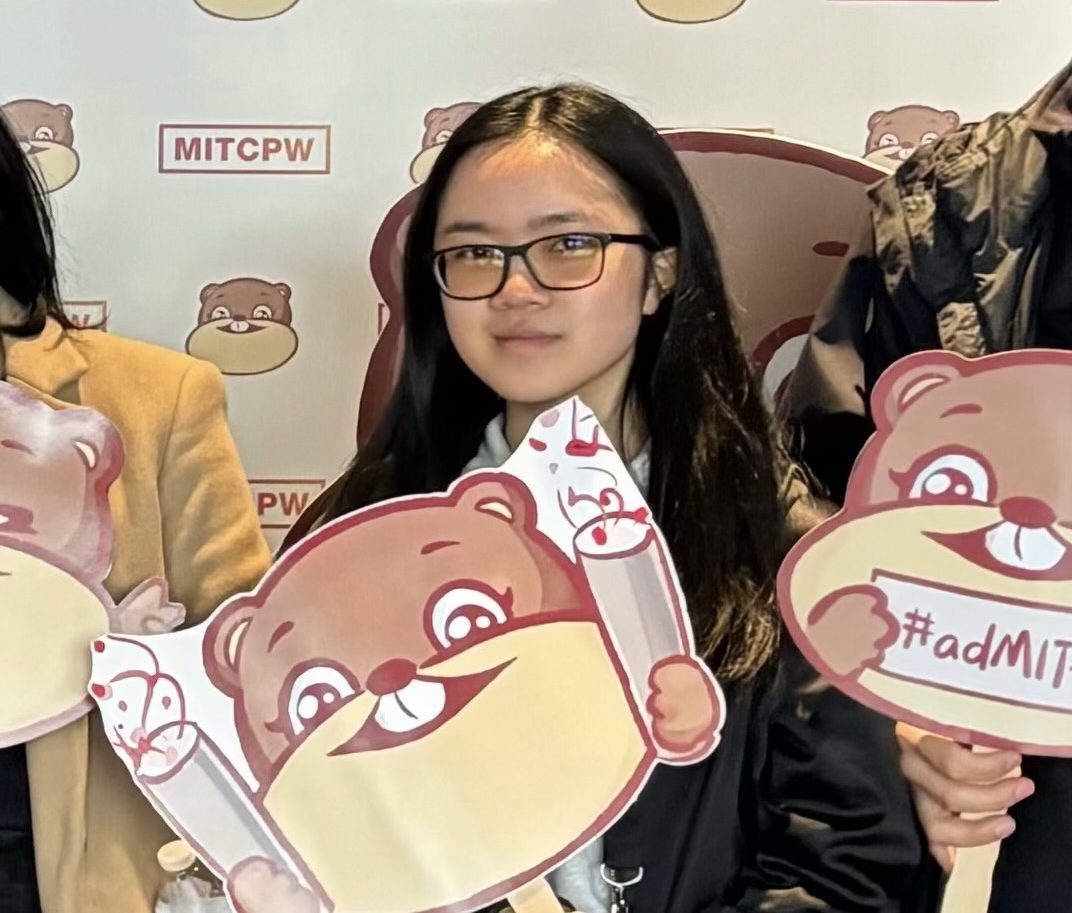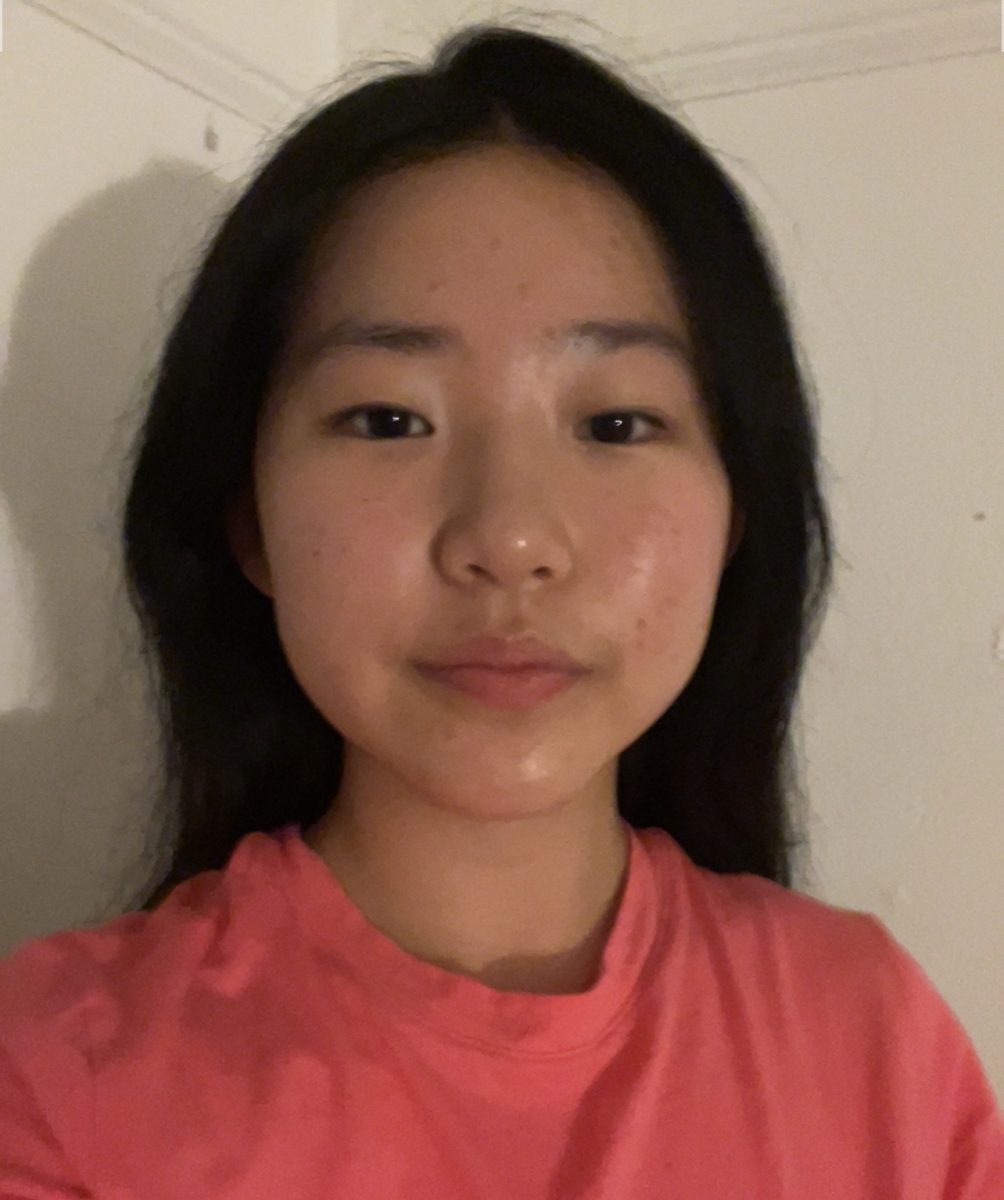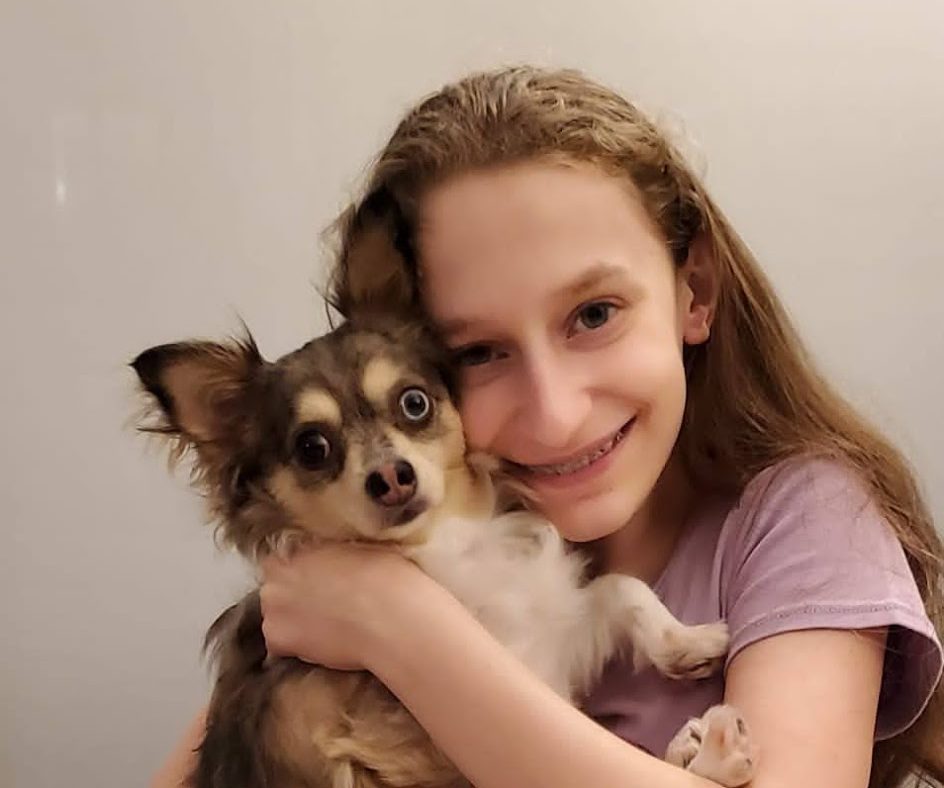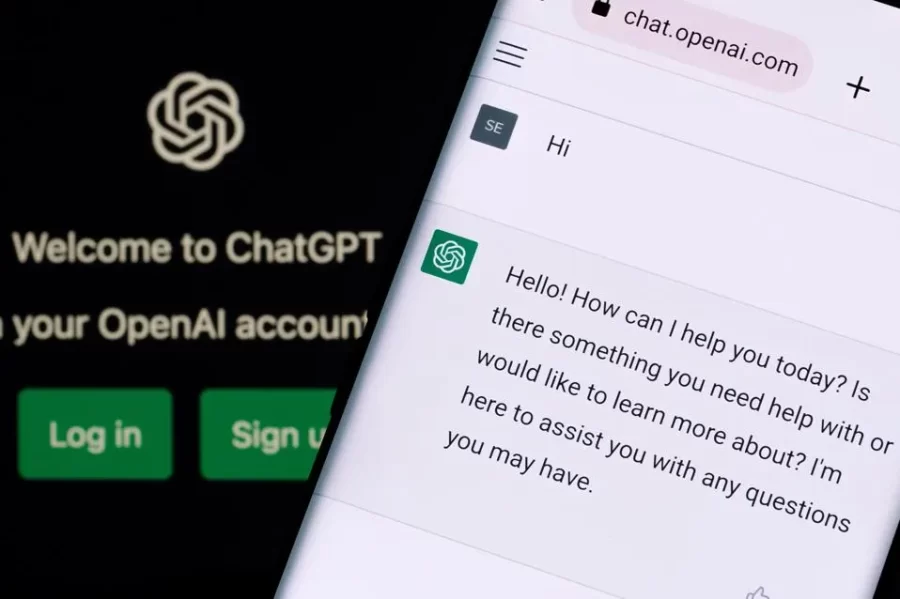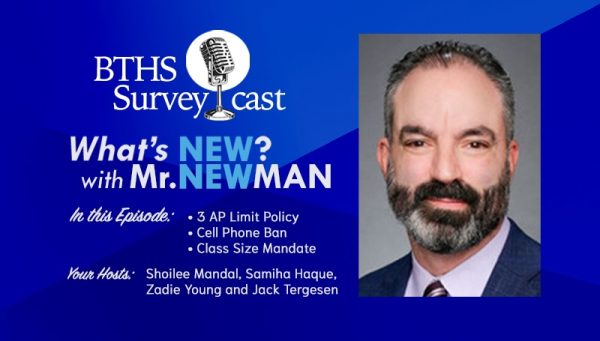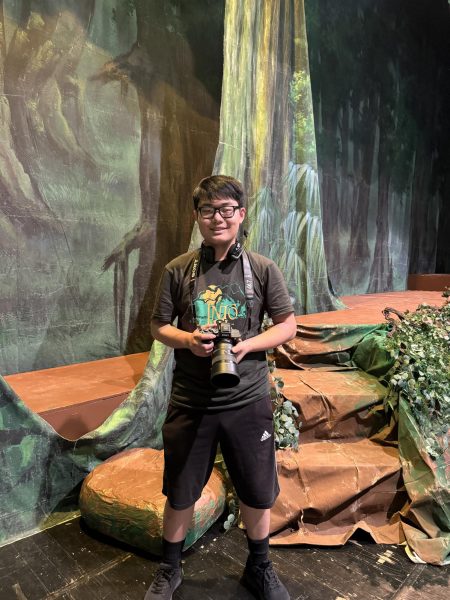ChatGPT: Impacts of the Rise of AI in Education
ChatGPT (Generative Pre-trained Transformer) is a chatbot that was released by OpenAI on November 30, 2022. Since then, it has changed the landscape of the future due to its versatility. The program is capable of completing a wide variety of tasks, including playing games, answering questions, and writing code, music, and essays. These features attracted over a million users worldwide within the first week of the program’s release, many of them students using the program to complete academic assignments.
On January 3rd, 2023, the New York City Department of Education (DOE) banned access to ChatGPT on school devices and networks. Any attempts to visit the site on a DOE device now result in an error screen, but that has not deterred students, who are able to access it on devices connected to personal hotspots.
Some teachers are still struggling with responding to ChatGPT as they slowly learn more about how it works. Educators at Tech are not entirely against the use of the program—in fact, many are incorporating new assignments in their lessons such as in-class essays and discussions about artificial intelligence and its influence to prepare students for a future tightly intertwined with AI. The rise of ChatGPT has also led teachers to reconsider their methods of teaching and what educational skills they should evaluate students on in school.
“Artificial intelligence can do tasks that humans alone used to be able to do,” said Mr. Quincy Holmer, a software teacher at Tech. “You need to reconsider what are the tasks that humans are uniquely good at and those are the skills that we should emphasize, as educators.” Holmer shared that he does not consider it cheating when his students are using those tools. In fact, he expressed interest in the program, especially in the mistakes it made, when his students showed him how they used it to write a software program.
Principal David Newman acknowledged ChatGPT’s consequences and expressed concern about an overreliance on the program. “In my mind, this supplies such a crutch that after a while, it has the potential for you to have the disposition like, ‘Why learn anything?’”
Students are even more reliant on this crutch now. In the beginning, the majority of students utilized the program to complete English assignments, but they now also use ChatGPT for its mathematical and coding features, and even for simpler tasks like searching for definitions of words.
“I usually use ChatGPT for English,” an anonymous student shared. “It’s really good at coming up with responses that I can help use to create my own response.” The same student shared that they also use the program to generate questions to prepare for tests, including math and French.
Students and teachers alike expressed their concern about how advanced these types of programs have grown in recent years, including all the information they have acquired. As with the majority of software, AI is susceptible to data breaches.
“When we use ChatGPT, we give a lot of ourselves to that program,” said Ms. Jess Rhoades Bonilla, the Assistant Principal of the English department. ChatGPT takes information from learning data in order to generate responses for the user, which means it has access to whatever data you give it. This means that teachers who use the program in class and discuss the program with their students have to consider what kind of personal information they hand over to the program, especially if they ask the program to proofread personal documents.
Others believe that there is no need to fear ChatGPT and its potential to take over human jobs, as the program can make mistakes with simple tasks and does not always present accurate information. It also lacks the originality that would allow it to fully replace those with jobs that require more creative thinking.
“I hope people realize that it’s just a computer, and even though it has certain advantages with efficiency, it won’t ever be able to replicate the human brain,” said Nathan Blum (‘24).
Many have shared that they think the program is not so different from the search engines we use daily, like Google. “It’s just getting info from search engines,” said Augus Li Jr. (‘24). “In fact, I think further down the line, people will use AI for common stuff like medical diagnosis.”
In recent months, however, the sudden growth of artificial intelligence has already begun to take jobs from translators, receptionists, accountants, and even artists. As more people begin to trust these programs with their information and these tasks, the number of jobs vulnerable to AI automation increases.
With the use of AI on the rise, including Microsoft’s Copilot and Google’s Bard, there have also been many attempts to prevent its use. Writer, despite being an AI writing platform, has an “AI Content Detector” on its website, which allows users to check if something was written entirely by AI. A student at Princeton University also created a program called GPTZero, which helps detect if sentences were written by ChatGPT.
These programs are often unnecessary for teachers, though. Mr. Evan Losow, a literacy coach at Tech, shared that students submitting writing with flawless grammar and sentence structure is generally a sign that they used ChatGPT, even if they use the feature that allows the program to write in a less sophisticated way. While there have yet to be new policies implemented that penalize the use of AI, teachers have taken to treating it as if the student has plagiarized—after all, the writing does not belong to them.
As the use of AI in education becomes increasingly popular with students, educators will be forced to adapt to these constantly evolving programs. Attempting to prevent AI use in schools will not deter people’s curiosity and experimentation.
“[Artificial intelligence] could have a lot of advantages, but if we don’t have familiarity with it, we won’t be able to predict how dangerous it can be,” said Holmer.
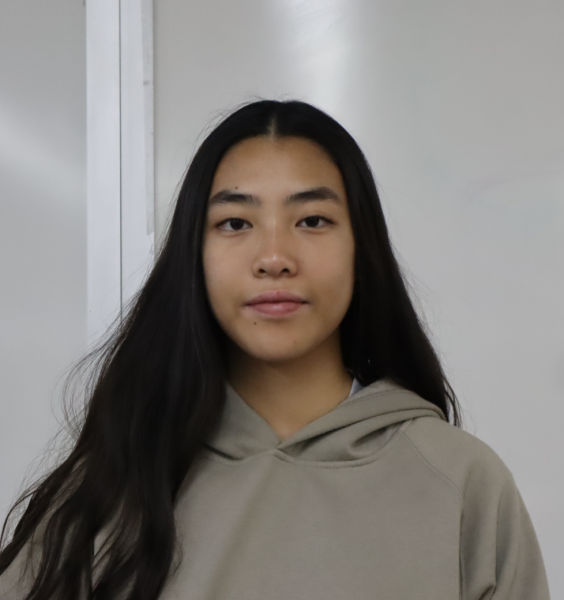
Rachel Mak (she/her) is a Co-Editor of STEM and a Layout Editor. With her position on The Survey, Rachel...

